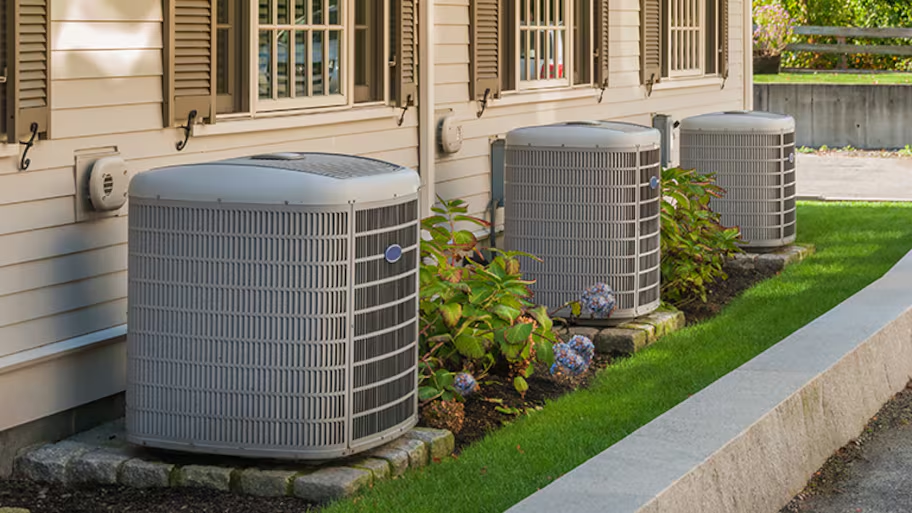
Get matched with top gas log pros in Pollock Pines, CA
Enter your zip and get matched with up to 5 pros
Need a pro for your gas log service project in Pollock Pines, CA?
Verified Reviews for Gas Log Service pros in Pollock Pines, CA
*The Angi rating for Gas Log Service companies in Pollock Pines, CA is a rating based on verified reviews from our community of homeowners who have used these pros to meet their Gas Log Service needs.
*The HomeAdvisor rating for Gas Log Service companies in Pollock Pines, CA is a rating based on verified reviews from our community of homeowners who have used these pros to meet their Gas Log Service needs.
Last update on November 24, 2025
Find Gas log pros in Pollock Pines

SIERRA HOME ALTERNATIVES
SIERRA HOME ALTERNATIVES
SHOWROOM WITH OVER 80 MODELS ON DISPLAY, PROFESSIONAL SALES, SERVICE AND INSTALLATION. COST IS DETERMINED BY THE JOB. NO TRAVEL CHARGES. LICENSE # 845796.
SHOWROOM WITH OVER 80 MODELS ON DISPLAY, PROFESSIONAL SALES, SERVICE AND INSTALLATION. COST IS DETERMINED BY THE JOB. NO TRAVEL CHARGES. LICENSE # 845796.
The homeowners guide to home care is here
From average costs to expert advice, get all the answers you need to get your job done.
 •
•Exposed ductwork can be a smart choice even beyond aesthetics. Fortunately, exposed ductwork costs are relatively low, and easy access keeps repair costs to a minimum.

HVAC replacement costs depend on a lot of factors, like unit type, size, and labor. See what you can expect to pay for HVAC replacement here.

Discover the primary whole-house air filtration system cost factors when installing one in your home to help remove airborne contaminants and allergens.

There are few things more important to homeowners than keeping their AC systems running. Use this guide on AC leak repair to keep your home cool and comfy.

Balancing your home’s radiators is a simple way to increase the efficiency and effectiveness of your HVAC system. Check out these 8 tips before you start.

Not sure if you should repair or replace your furnace? Don’t waste money! Use this guide first to decide on the best strategy for you and your system.
- Placerville, CA Gas log pros
- Diamond Springs, CA Gas log pros
- Garden Valley, CA Gas log pros
- Georgetown, CA Gas log pros
- Greenwood, CA Gas log pros
- Shingle Springs, CA Gas log pros
- Cameron Park, CA Gas log pros
- Rescue, CA Gas log pros
- Cool, CA Gas log pros
- Plymouth, CA Gas log pros
- Pilot Hill, CA Gas log pros
- Applegate, CA Gas log pros
- El Dorado Hills, CA Gas log pros
- South Lake Tahoe, CA Gas log pros
- Tahoma, CA Gas log pros
- Meadow Vista, CA Gas log pros
- Folsom, CA Gas log pros
- Auburn, CA Gas log pros
- Represa, CA Gas log pros